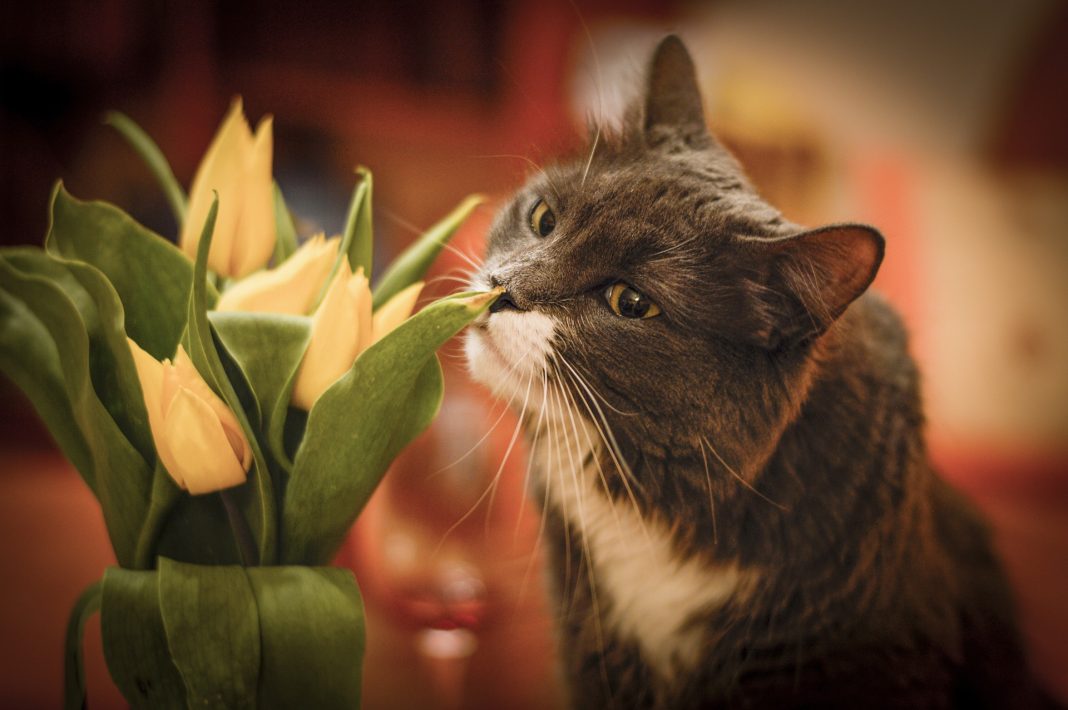Discover the most poisonous plants for cats that you should avoid having in your home and garden. Keep your cat healthy and happy.
Cats are naturally inquisitive and love to explore, but this curiosity can be dangerous if they come into contact with poisonous plants. Many common houseplants can be toxic to cats, and ingesting even a small amount can cause serious illness or even death.
If you love to grow plants and love to care for a cats, you should know what types of plants are poisonous to the cat. Cats love to climb and play with plants and they may chew the plants.
Do you first time cat owner? If yes, Identification of poisonous plants for cats is very important to make the safest place for your cat. When in doubt, it is life threaten to your lovely cat.
Which plant parts are toxic to cats?
Generally, toxicity is different from plant to plant. Some plants have higher toxicity than others. Toxicity depends on the available active chemical substances of the plants. In some plants, a small amount of a plant part is enough to cause dangerous damage to the cats. The development of symptoms is also different from cat to cat, and available toxic compounds in the plants. As a cat owner, you should know about these types of plants.
Some common toxic plants for cats
- Amaryllis (Amaryllis spp.)
- Autumn Crocus (Colchicum autumnale)
- Azaleas and Rhododendrons (Rhododendron spp.)
- Castor Bean (Ricinus communis)
- Chrysanthemum, Daisy, Mum (Chrysanthemum spp.)
- Cyclamen (Cyclamen spp.)
- Daffodils, Narcissus (Narcissus spp.)
- Dieffenbachia (Dieffenbachia spp.)
- English Ivy (Hedera helix)
- Hyacinth (Hyacintus orientalis)
- Kalanchoe (Kalanchoe spp.)
- Lily (Lilium sp.)
- Lily of the Valley (Convallaria majalis)
- Marijuana (Cannabis sativa)
- Oleander (Nerium oleander)
- Peace Lily (Spathiphyllum sp.)
- Pothos, Devil’s Ivy (Epipremnum aureum)
- Sago Palm (Cycas revoluta)
- Spanish Thyme (Coleus ampoinicus)
- Tulip (Tulipa spp.)
- Yew (Taxus spp.)
Amaryllis – This popular indoor plant contains toxins that can cause vomiting, diarrhea, and abdominal pain in cats. Ingestion of large amounts can lead to convulsions and even death.
Azaleas and Rhododendrons – These plants contain toxins that can cause vomiting, diarrhea, and in severe cases, coma and death. Symptoms of poisoning can appear within hours of ingestion.
Lilies – All parts of the lily plant are toxic to cats, including the pollen, leaves, stem, and flowers. Even small amounts of lily ingestion can lead to kidney failure in cats.
Sago Palm – This ornamental plant contains toxins that can cause vomiting, diarrhea, seizures, and liver failure in cats. Ingestion of even small amounts can be deadly.
Tulips and Hyacinths – These spring-blooming bulbs contain toxins that can cause vomiting, diarrhea, and abdominal pain in cats. Ingestion of large amounts can lead to heart arrhythmias and difficulty breathing.
Ivy – All varieties of ivy are toxic to cats, and ingestion can cause vomiting, diarrhea, abdominal pain, and even coma. Symptoms of poisoning can appear within hours of ingestion.
Daffodils – These popular spring flowers contain toxins that can cause vomiting, diarrhea, and abdominal pain in cats. Ingestion of large amounts can lead to convulsions and even death.
All parts of these plants may be toxic, including the leaves, stems, and flowers. In order to avoid exposing your cat to these plants, never bring any of them into your home. If you have an outdoor cat, make sure to keep your garden or yard free of these plants.
It’s important to note that this is not a complete list, and there are many other house plants toxic to cats and harmful to cats. If you unsure that your cat has ingested a poisonous plant, seek immediate veterinary attention. The sooner you seek treatment, the better the chances of a full recovery for your furry friend.
Common cat poisoning symptoms
- Breathing problems
- Difficulty swallowing
- Vomiting (if the stomach or small intestines are affected)
- Diarrhea
- Excessive drinking and urinating
- Fast, slow, or irregular heartbeat and weakness (if the heart is affected)
Immediate care
If you see your cat is eating a plant,
- You are not confident to tell whether the plant is toxic or not
- You have the confidence to tell that plant is toxic to your cat
You should take immediate action on the above two scenarios.
Remove all the plant material from your cat’s hair, skin and mouth if you can do so safely, and keep your cat confined in a safe environment for close monitoring. Identifying the plant is very important for determining veterinary treatment. If you do not know the name of the toxic plant that your cat was exposed to, bring a sample of the plant or plant material with you to the veterinary office, including pieces of plant found in vomit.
Living and management
Some toxic plant ingestions can be fatal for cats without proper treatments. Other plants may cause considerable damage that prolonged aftercare in the form of medication or a special diet is needed.
Therefore follow your veterinarian’s instructions and ask any questions you might have.
Take the necessary steps to protect your cat from exposure to toxic plants. Remove all the toxic plants from your home, keep your cat indoors safe place and always check your cat’s activities.
Also, check your home garden for any poisonous plants growing naturally. If you find any, remove them immediately and discard them safely. It is also important to regularly inspect your cat for any signs of poisoning, such as vomiting, lethargy, or diarrhea.
Conclusion
As a pet owner, it’s important to be aware of the toxins that can harm your furry friend, especially in plants. Cats are curious creatures and may chew on or ingest plants, which can lead to serious health complications. Some plants are toxic to cats, and it’s crucial to know which ones to avoid.
